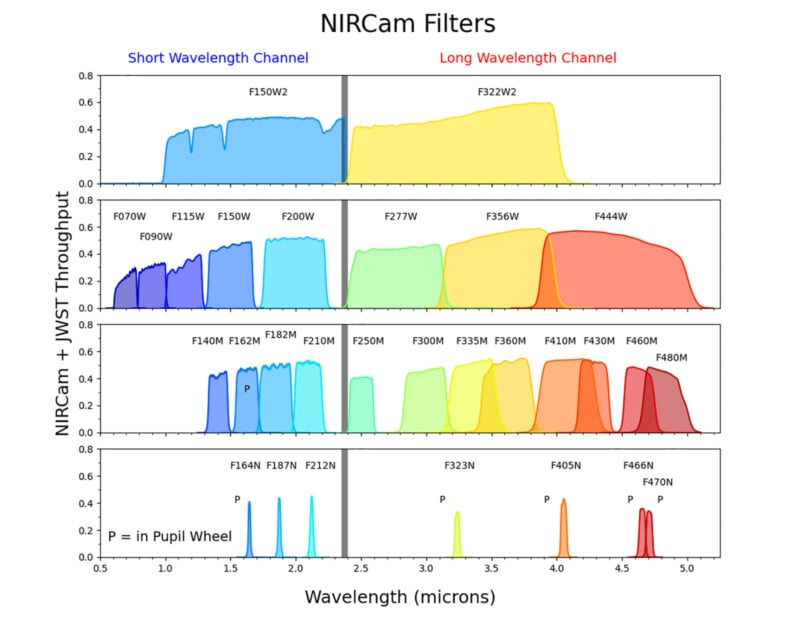![]()
Astronomers have captured the clearest image ever of the vast, powerful jet of matter erupting from the supermassive black hole at the center of the galaxy Messier 87 (M87).
Astronomer Jan Röder from the Institute of Astrophysics in Andalusia led a team that used the NASA/ESA/CSA James Webb Space Telescope (JWST) to image the jet of particles expelled from M87’s supermassive black hole. With the $10 billion space telescope’s Near Infrared Camera (NIRCam), the team imaged the jet across four isolated bands of light and did extensive work to subtract starlight, cosmic dust, and background galaxies from the image. This enabled the team to obtain an exceptionally clear and clean image of Messier 87’s spectacular black hole-powered jet.
Located nearly 55 million light-years from Earth, the elliptical galaxy Messier 87 is one of the largest and most massive galaxies in the local Universe. It is a very popular target for astronomers and astrophysicists, and the supermassive black hole at its center, M87*, was the first black hole ever photographed back in 2019. Although scientists are constantly studying the black hole at the center of the Milky Way, M87* is fairly described as the most-studied black hole of all.
Even still, despite frequent and regular observations and imaging, it remains incredibly mysterious. There are far more questions than answers. Many questions surround M87*’s jet: how does it work, what causes it, and how do its characteristics and behavior relate to the wild extremes of physics? Images like the ones JWST can capture help answer some of these questions.
![]()
The jet, thousands of light-years long, appears as a bright, vibrant pink ribbon, as Space describes it. The brightest areas on the “ribbon” show where particles are traveling the fastest, nearing the speed of light. The researchers describe this as “mildly superluminal speeds.”

The researchers explain in their newly published paper that they captured the final RGB image using F356W, F150W, and F090W observations. These are three of the dozens of filters available on NIRCam, each carefully chosen for very specific scientific objectives. The team observed M87’s jet at 0.90, 1.50, 2.77, and 3.56 μm wavelengths.
Image credits: Jan Röder, Maciek Wielgus et al., Astronomy & Astrophysics (2025). The referenced research paper, “The infrared jet of M87 observed with JWST,” was published in “Astronomy & Astrophysics” and was written by Jan Röder, Maciek Wielgus, Joseph B. Jensen, Gagandeep S. Anand, and R. Brent Tully.
Source link

